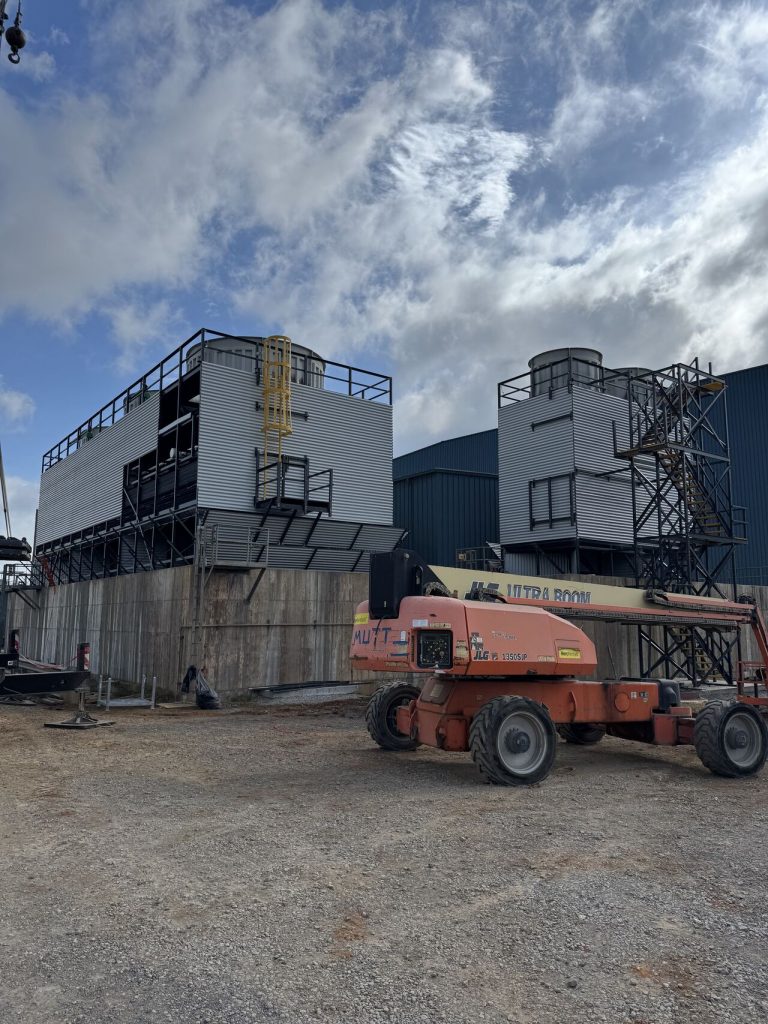Wet Bulb Temperature vs. Ambient (Dry Bulb) Temperature
Understanding the difference between wet bulb temperature (WBT) and ambient (dry bulb) temperature (DBT) is crucial for cooling tower performance, HVAC design, and industrial cooling processes.
1. Definitions
| Parameter | Definition | How It’s Measured |
| Ambient Temperature (Dry Bulb, DBT) | The actual air temperature measured by a standard thermometer. | Ordinary thermometer in shade. |
| Wet Bulb Temperature (WBT) | The lowest temperature air can reach by evaporative cooling (100% humidity). | Thermometer wrapped in a wet cloth with airflow. |
2. Key Differences
| Factor | Wet Bulb Temperature (WBT) | Ambient Temperature (DBT) |
| Measurement Method | Uses a wet wick & airflow. | Measured with a dry thermometer. |
| Impact of Humidity | Lower in dry air (more evaporation). | Unaffected by humidity. |
| Cooling Limit | Represents minimum achievable water temp in a cooling tower. | Does not indicate cooling potential. |
| Role in Cooling Towers | Determines cooling efficiency (approach = Cold water temp – WBT). | Used for general weather data. |
3. How WBT Affects Cooling Tower Performance
- Cooling towers cannot cool water below WBT (theoretical limit).
- Approach Temperature = (Cold Water Temp – WBT)
- Smaller approach = More efficient but requires larger tower.
- Typical Approach: 3–7°C (well-designed towers).
- Example:
- DBT = 35°C
- WBT = 25°C
- Cooling Tower Outlet Water = 28°C (Approach = 3°C)
4. Psychrometric Chart Relationship
- WBT ≤ DBT (WBT is always lower unless air is 100% saturated).
- Spread (DBT – WBT) indicates air dryness:
- Large spread (e.g., 35°C DBT, 20°C WBT) → Arid climate, high evaporation potential.
- Small spread (e.g., 30°C DBT, 28°C WBT) → Humid climate, poor cooling efficiency.
5. Practical Implications
A. Cooling Tower Design
- High WBT regions (e.g., coastal areas) need larger towers (harder to reject heat).
- Low WBT regions (deserts) allow smaller towers (better evaporation).
B. Industrial Processes
- Power plants must adjust cooling capacity based on daily WBT fluctuations.
- Data centers use WBT for free cooling (chiller-less operation when WBT is low).
C. Human Health
- WBT > 35°C = Dangerous (body cannot cool via sweating).
- DBT alone doesn’t reflect heat stress (e.g., 38°C at 80% humidity is deadlier than 45°C at 20% humidity).
6. How to Find WBT?
- Psychrometer (Sling Hygrometer) – Manual measurement.
- Weather Stations – Reports WBT alongside DBT & humidity.
- Online Calculators – Input DBT & relative humidity to get WBT.
